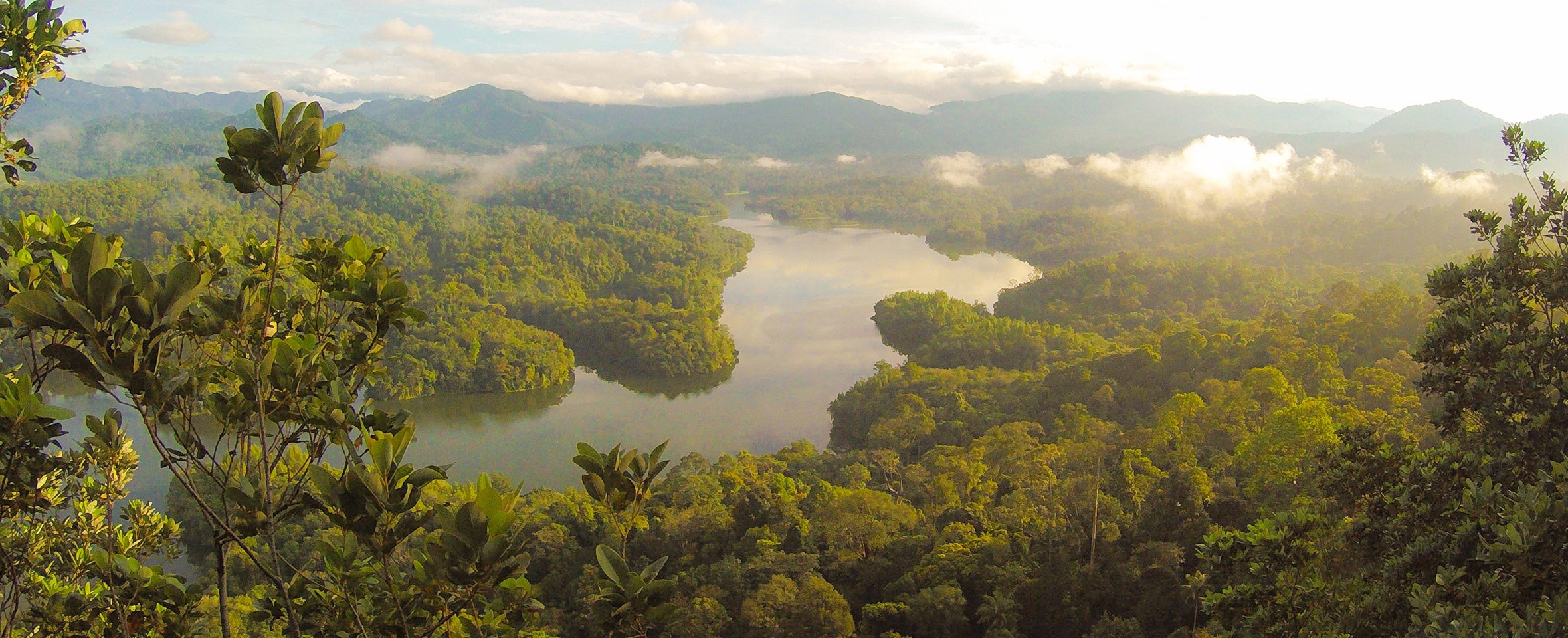Biodiversity working group

Since 2018, IDFC members are working on biodiversity finance tracking methodologies, biodiversity mainstreaming as well as on climate-biodiversity nexus to reach holistic solutions for the planet.Resource mobilization and alignment of financial flows are key to build inclusive and equitable transformative changes that will halt biodiversity loss. Ensuring effective support of PDBs to the Kunming-Montreal Global Biodiversity Framework objectives and nature positive overall impact is a potential game changer and an on-going effort that needs strengthening, shared commitments, visibility and accountability.
IDFC members can play an influential role by offering a renewed approach in conducting their business, mainstreaming biodiversity in their funded operations and supporting biodiversity positive investments. As development bankers, they face three major challenges:
- Ensuring that their operations/investments do not harm ecosystems and biodiversity: reducing or redirecting resources causing harm to biodiversity is identified as one of the three key components of a renewed resource mobilization strategy within the Kunming-Montreal Global Biodiversity Framework. The measurement and the management of impacts and risks for biodiversity and ecosystems of projects surely help mitigating global systemic risks. Development banks should address the direct drivers of biodiversity loss by mitigating negative impacts on biodiversity of projects/investments (strengthening the exclusion lists, implementation of environmental and social safeguard policies and off-setting procedures).
- Increasing biodiversity positive investment: Maximizing ecosystems co-benefits of investments has great economic potential, considering the estimated yearly value of US$ 125 000 billion of ecosystem services provided to humanity, and the fact that 60% of the ecosystems providing such services are being rapidly degraded . Investing in sustainable ecosystems and natural resources management implies a close cooperation between financial institutions, their clients and the territories where they are investing, so that investment decisions contribute both to create value and to the ecological transition.
- Disinvesting from harmful sectors: development banks would need to set new requirements for a better selectivity of their investment decisions in favor of operations that contribute to the Kunming-Montreal Global Biodiversity Framework, as they did for the objectives of the Paris agreement and the SDGs.
Collectively the IDFC members hold a wealth of knowledge, innovations, experiences, good practices and flagship operations that may inspire one another and fast track responses aligned to the scale of the challenges. In line with IDFC “raison d’être”, a group of biodiversity professionals from IDFCs institutions has been working together to share experiences and focus on generating solutions that can work at scale.
The following key issues have been established since the creation of the biodiversity Working Group:
- Sharing knowledge and develop the vision through short term and long term solutions
- Reporting methodologies on financing for biodiversity
- Evaluate biodiversity impacts of investments
- Promote Biodiversity in sector-based investments and pro-nature economies
The Club works on the alignment of public development banks with the Kunming-Montreal Biodiversity Global Framework, through:
- Research programs and reporting methodologies
- Knowledge sharing and capacity building
- Advocacy in the international fora (Climate and biodiversity COP, UN Summits, IUCN, etc.)
- Partnerships with other financial stakeholders (private sector, etc.)
In 2022 at COP15, IDFC published an updated position paper, after a first one in 2020. IDFC announced new commitments to support an ambitious and effective Kunming-Montreal Global Biodiversity Framework with a potential to mobilize more than US$100 billion of biodiversity finance by 2027 through the following actions:
- Developing their biodiversity strategy or action plans, combining risk management, impact mitigation, as well as direct conservation and mainstreaming finance
- Supporting the development of biodiversity/nature strategies at client level
- Mobilizing finance for nature-positive projects and nature based solutions
- Managing nature-related risks, impacts and dependencies and integrating nature-related risks in the financial decisions
- Leveraging private finance through the development of adequate financial mechanisms
- Allocating a substantive part of climate finance to biodiversity projects
- Tracking, reporting and disclosing the nature-related risks, impacts, dependencies and opportunities, through common methodologies or frameworks such as the Taskforce on Nature-related Financial Disclosures (TNFD)
Since 2011, the IDFC has conducted a periodic mapping of member institutions’ green finance contributions. Since 2019, the Club is reporting on its biodiversity finance contributions.
IDFC Toolbox on Integrating Biodiversity into Strategies and Operations of Development Finance Institutions
In this regard, IDFC published a “Biodiversity Toolbox” to introduce the conceptual foundations for understanding the role of biodiversity for financial institutions. It mostly addresses members of the IDFC, their clients and any other financial institution willing to include biodiversity in its operations. At its core, it provides a stepwise approach to integrate biodiversity concerns into the strategies and operations of development finance institutions. Each step is illustrated with a selection of available methods, tools and examples. The tools presented are merely a selection, as there are new advancements all the time.
Rémy Rioux, Chairman of IDFC and CEO of AFD : “Institutions are at very different stages of maturity and don’t have the same capacities – for this reason, we insist through the Finance in Common movement and within IDFC on capacity building, best practices sharing and mentoring programs. For instance, IDFC developed a specific Biodiversity Toolbox to support its members to mainstreaming biodiversity into all sectors of activities.”